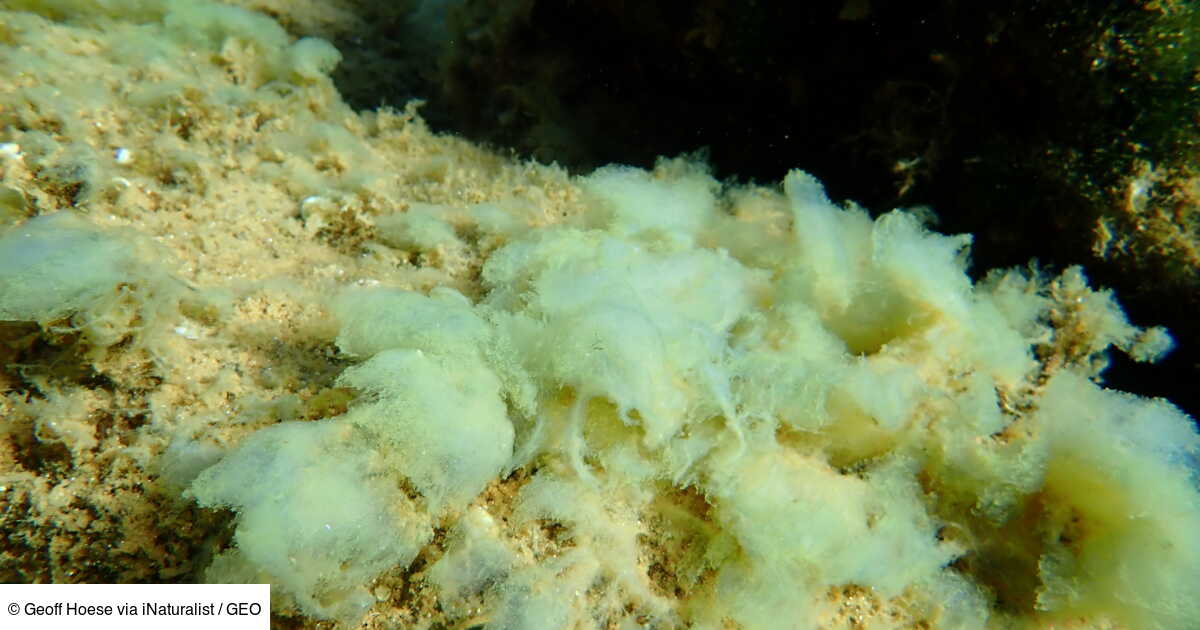Scientists have just discovered that pelagophyceae, microscopic algae, emit dimethylsulfoniopropionate (DMSP). However, this compound transforms into a gas whose oxidation contributes to cooling the climate by participating in the formation of clouds.
We might as well say it right away: this discovery does not exempt us from changing our lifestyles to consume fewer natural resources and fossil fuels. On the other hand, it implies that the situation could be even more dramatic, if the oceans did not shelter organisms endowed with astonishing “superpowers”… the extent of which we are only just beginning to perceive.
According to researchers from the University of East Anglia (England) and the Ocean University in China, pelagophyceae, microscopic algae forming large blooms, are important sources of dimethylsulfoniopropionate or DMSP (Nature Microbiology , June 11, 2024).
The smell of the sea breeze
This compound with nutritional and protective properties is partly transformed into gas, dimethyl sulphide (DMS). Responsible for the smell of the sea breeze, but also involved in feeding and predation behavior, DMS then oxidizes in the atmosphere, where it participates in the birth of clouds. Which reflect solar radiation and thus contribute to cooling the climate.
“Pelagophyceae are among the most abundant algae on Earth, but until now they were not known as important producers of DMSP,” notes Professor Jonathan Todd, from the School of Biological Sciences at UEA, co-senior author of the study (press release).
“This discovery is exciting because DMSP is an abundant anti-stress compound, a food source for other microorganisms, and a major source of climate-cooling gases. »
The research team realized this by first discovering new enzymes involved in the synthesis of DMSP, then by detecting these important catalysts for chemical reactions within the microalgae. Other marine organisms, such as cyanobacteria – bacteria that perform photosynthesis – also have them, although the enzyme family is distinct.
Impact on climate
“Understanding the role of pelagophyceae in the production of DMSP means that we need to rethink the quantity of this compound that is produced and its impact on our climate,” concludes Jinyan Wang, first author of the scientific article (press release).
Currently, it is estimated that several petagrams – trillions of kilograms – of DMSP are produced each year in Earth’s surface waters. And “potentially much more” in so-called “aphotic” marine environments (without light), sediments and coastal areas.
The researchers now plan to deepen the study of pelagophyceae in their natural environment, but also to look at other marine organisms that are also likely to produce compounds influencing our climate.




